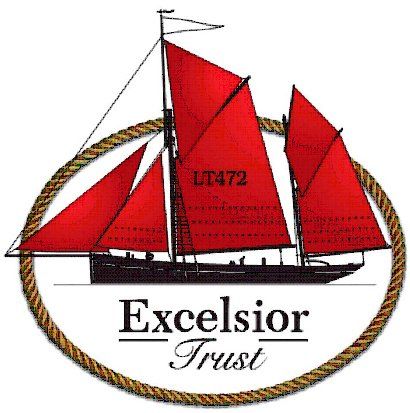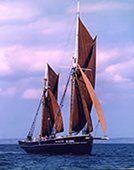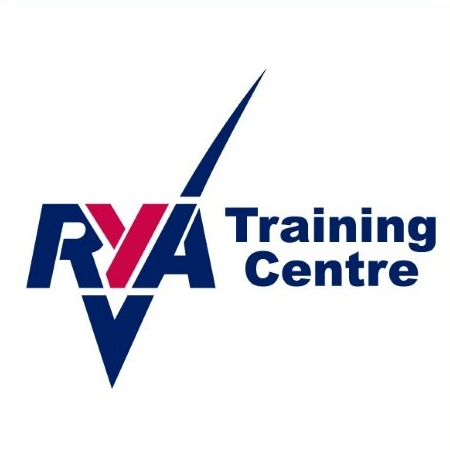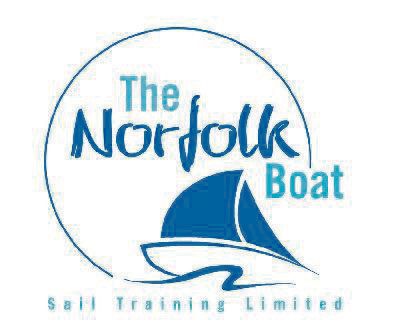City of Edinboro H1394
City of Edinboro is the last representative of the great fleets of deep-sea sailing trawlers that worked out of Hull. But how did she end up in Lowestoft?
Her keel was laid on 26th January 1884 and she was launched three months later on 28th April from William McCann's shipyard on Garrison Side, Hull. She was built for Simpson and Bowman, the owners of the "City" fleet of Hull smacks. She was ketch-rigged and fastened using wooden pegs known as ‘tree-nails’ or ‘trunnels’ to hold her together.
For next 13 years City fished the North Sea grounds by trawl. In 1897 she was sold to Reykjavik in Iceland, re-registered as RE13 and renamed FRIDA. She was used for line fishing in the North Atlantic.
She passed through the hands of a couple of owners over the next 15 years and relocated to the Faroe Islands where she was fitted with an engine and eventually de-rigged in the 1960s. During her time in the Faroes she went through three more names – Solvaborg, Solvasker and finally Sjoborgin!
In 1980 Dr Henry Irving bought her and returned her to Hull. He refitted her and restored her to sail with berths for up to 20 people. In yet another name change, she became the William McCann and operated as a charter ship sailing out of Hull, Ramsgate and Douarnenez. Drying out on a rock in Brittany broke her back and she returned to the UK.
In 1994 the William McCann Trust was formed and the ship was passed to the Trust. Her original name was restored in 1996 and she became City of Edinboro once more.
A Lottery bid failed and with limited funds and resources to repair her damaged hull, she was sold to the Excelsior Trust for £1 in 2000 and towed to the yard in Oulton Broad. A purpose-built tent was constructed to keep her out of the elements and she was stored out of the water until funds could be raised to restore her.
We are actively seeking funds to restore City. If you have fundraising experience and would like to get involved please get in touch.
Why is she important?
City of Edinboro was built with the benefit of a millennium of empirical development behind her design just as this was being brought to a close by the invention of unsustainable steel construction and mechanical propulsion.
Unusually for a fishing vessel, she was constructed to the Lloyds ‘100 A1 and salted’ standard, and may be the last example of this standard surviving in a wooden commercial hull.
City is the largest surviving British smack and few treenail-fastened vessels of any type survive in the UK. The necessary rebuilding of her hull could keep alive this technology and the associated skills for another generation.
Hull’s fleet of smacks was only exceeded by that at Grimsby, yet as a result of the bombing and destruction of Hull maritime museum during the Second World War as little as one photograph may survive of one of these vessels in use at sea. Without City of Edinboro little remains of the era that led to Hull becoming one of the foremost fishing ports of the World.
The story of City’s survival and working history is amazing! Having fished the notorious Dogger out of Hull for thirteen years she spent the next fifteen years fishing the North Atlantic from Iceland. Then, based in Faroe, she fished Greenland in the summer and the the Norwegian Sea in winter until she reaching the incredible age of ninety-seven years having been fishing continuously in some of the worst waters in the World and held together with treenails! Her longevity speaks volumes for the quality of the workmanship that went into her and the importance of saving her.
Equally remarkable is the survival of a contemporary model of her and her twelve sisters which is considered one of the finest of such a vessel in the National Maritime Museum’s collection. This will enable her to be accurately fitted out to her original appearance, and her ownership by the Excelsior Trust should ensure that this is done as anthentically as possible.
Registered Charity Number 285899. Company 01670772 Limited by Guarantee








